Birds in Winter

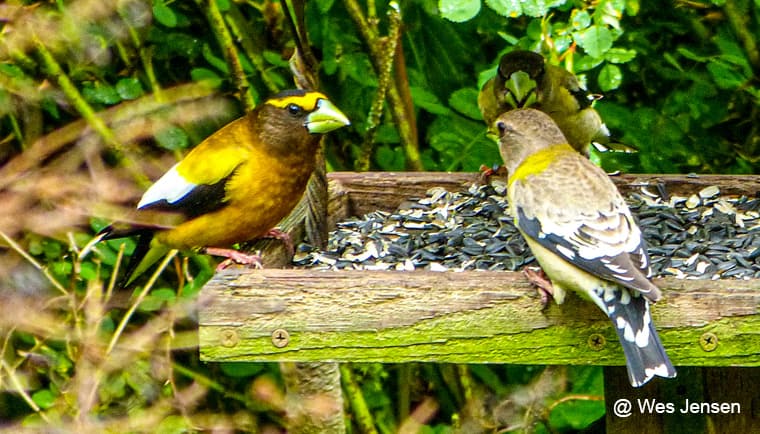
Birds In Winter
Enjoy the Antics of Winter Birds While Giving a Hand to Their Survival
[sibwp_form id=]
By Kathy Wolfe, Skagit County Master Gardener
Ah, January! The perfect time to relax in your favorite chair, a nice hot beverage and a few shortbread cookies at hand, and gaze out into the garden. It is a chance to dream: the first step to creating, planning and implementing new ideas, whether for your garden or in your life. It is also a good time to take stock of your garden seeds, cull out the old and order new. The earlier your order is placed, the better chance of getting the varieties you seek.

From the comfort of your chair, you may also notice winter birds flitting about. Birds are an integral part in the cycle of nature. Helping them get proper food, water and shelter will assist their winter survival and allow you to enjoy their antics.
On chilling winter days most birds fluff up their feathers to form insulating air pockets to help them stay warm. You may sometimes find a bird standing on one leg with the other tucked into its breast for warmth. Food availability is limited so filling your clean feeders with high calorie, fat containing food will help them survive. All feeders should be located out of the wind with some type of cover such as a bush, tree or ground plantings nearby to offer shelter, protect them from predators and allow them to survey the feeding area.
There are several types of feeders to use depending on what birds you wish to attract. Foraging, ground feeding birds, e.g., sparrows, juncos, quail and towhees, need low plantings or branches for cover so they can scoot in and out to a ground level feeding area with ease.
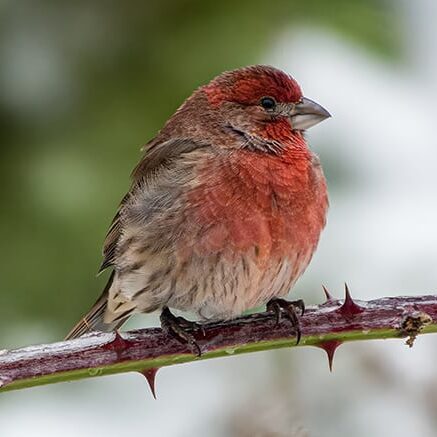
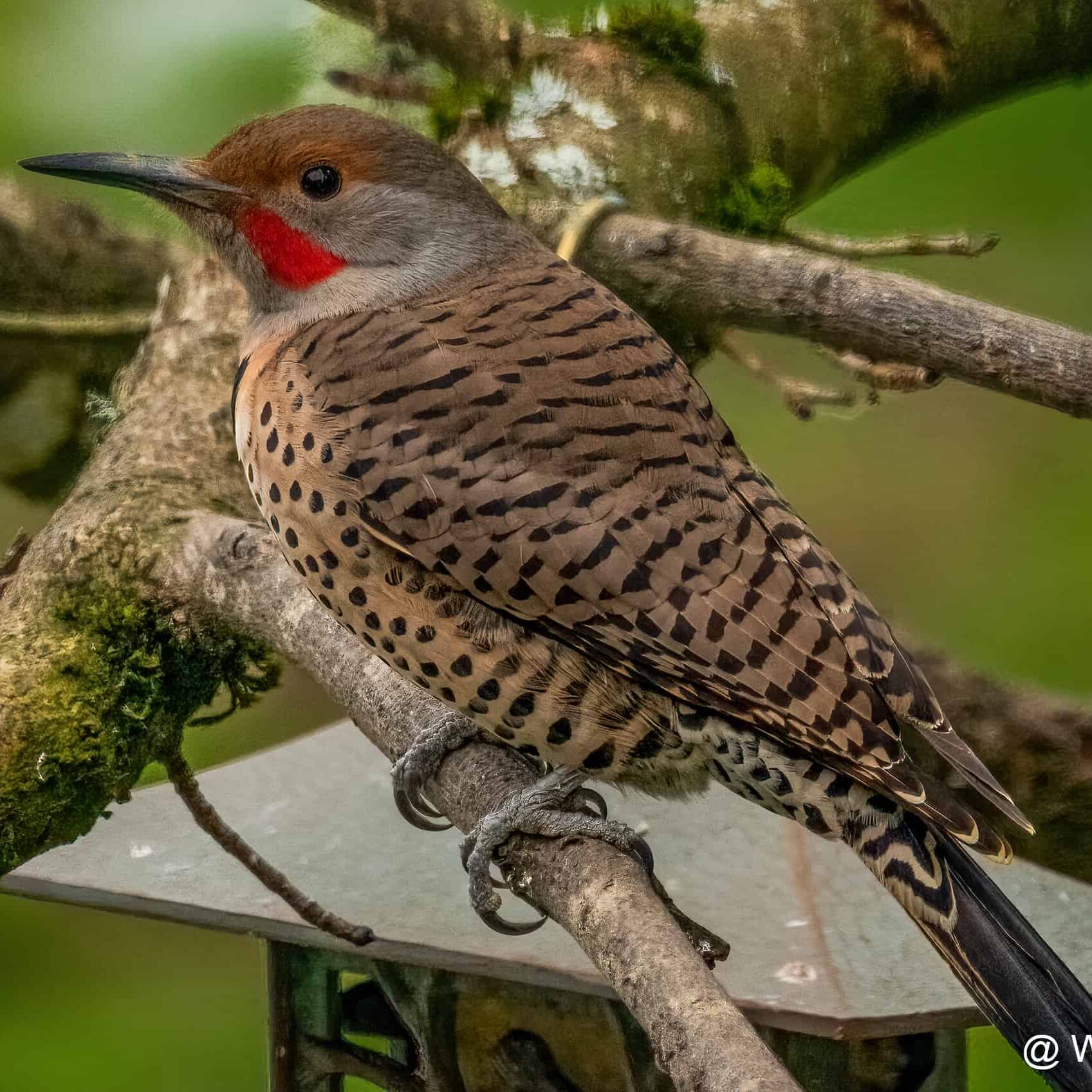
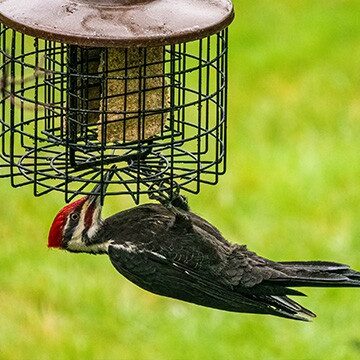
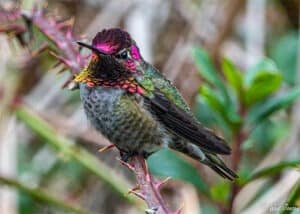
Tube feeders with shorter metal perching stations may attract smaller birds such as chickadees and finches, while excluding larger birds like jays. These feeders can build up mold and bacteria in the bottom which are harmful to birds so bring them in, clean out the bottom-most part of the tube, wash and dry thoroughly, before adding new seed.
Nyjer or thistle feeders, usually a fine-wired tube, are popular with goldfinch and pine siskin. They can become quite wet with rain so clean frequently, as you would all tube feeders.
Suet feeders can be constructed of wire or plastic-coated mesh and are either hung on a branch or nailed to a tree. Woodpeckers, nuthatches, and chickadees are some of the birds attracted to these feeders.
All feeders should be cleaned on a regular basis because moldy and decomposing seeds and hulls can get trapped and make birds sick. Bird droppings and contaminants also can spread infection and disease. Start by removing old seeds, take the feeder apart and handwash in hot, soapy water or with a diluted 1:9 parts bleach to water solution. Rinse thoroughly, dry and refill. Clean the area under your feeders to remove waste and spoiled food, as well as to avoid attracting rodents.
What to feed your birds? Black oil sunflower seeds are a great overall offering due to their high fat and protein content. They have twice the calories per pound of striped sunflower seeds and a smaller shell for less mess. Suet and peanuts are another great winter food. DO NOT feed birds bread in winter because it provides little nutrition, can cause obesity and malnourishment, as well as usually having preservatives and excess salt.
If you are lucky enough to have hummingbirds, continue to feed them a 1:4 solution of refined white sugar to tap water, the best and least expensive food for them. Boil this mixture until the sugar is dissolved then cool before filling the feeder. Clean once each week in winter using hot water and a bottle brush. Do not use soap. A diluted bleach/water mix (see above) can be used if you rinse the container very thoroughly before refilling. It is better not to have hummingbirds drink cold nectar because it can cold-stun them so bring feeders in overnight when it is cold and take out again first thing in the morning when the birds most need food.
In addition to food and shelter, birds need a reliable source of water. Shallow bird baths, fountains or small ponds, if kept clean and ice free near protected areas, will be well used.
In addition to seeds, birds also thrive on insects and berries. Viburnum, holly, cotoneaster, pyracantha, roses with hips, mahonia (Oregon grape), crab apple, snowberry, beautyberry and Pacific wax myrtle are all bird favorites in winter. Tuft-forming grasses left uncut in winter can house many varieties of insects for the birds’ enjoyment. Pines and spruces provide another source of seed that can be harvested all winter long from their cones. You might consider adding some winter fruiting plants or grasses to your yard for both winter interest and as treats for the birds.
Use this filter from The Cornell Lab of Ornithology to find specific birds by region, what they eat and which feeders they prefer: Common Feeder Birds - FeederWatch .
To interpret some interesting and entertaining bird interactions in your yard and for more information on backyard bird feeding go to: Power Struggles Are Playing Out at Your Feeder—Here's What to Look For | All About Birds All About Birds .
Note to Readers: The highly pathogenic avian flu has hit the Skagit County Bird population particularly hard. If you see a dead swan or other bird, do not touch it. For swan please call the swan hotline for WDFW at 360-466-4345 x266. Here’s an update on the avian flu, including what to do if you see dead birds and how to keep your pets safe:
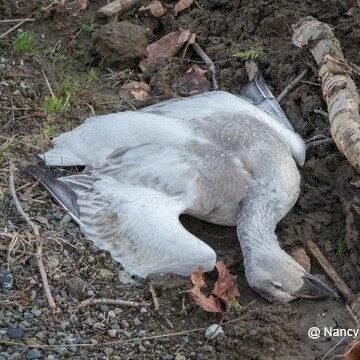
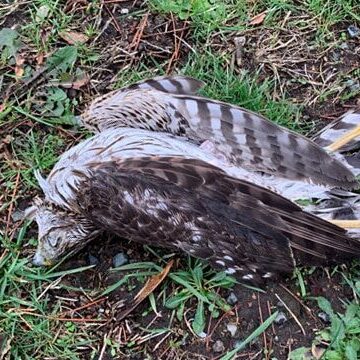
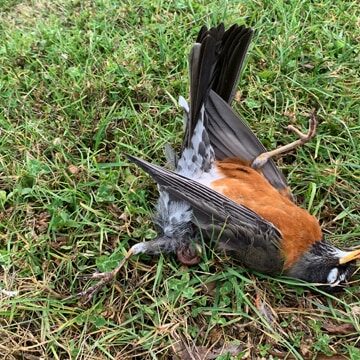
Our thanks to these photographers for lending use of their photos for this article:
Wes and Rosi Jensen of Fine Feathered Friends in La Conner www.fine-featheredfriends.com
Nancy Crowell, Crowell Photography
Ginny Bode